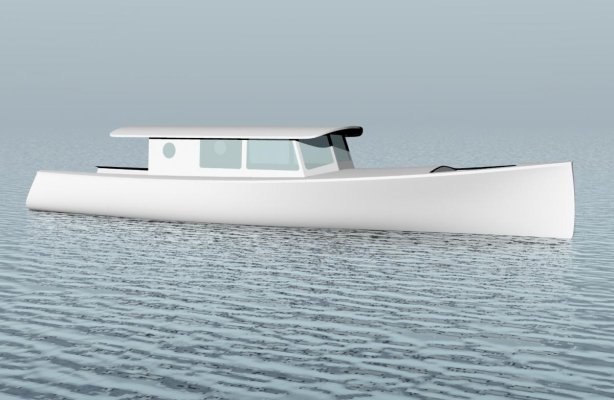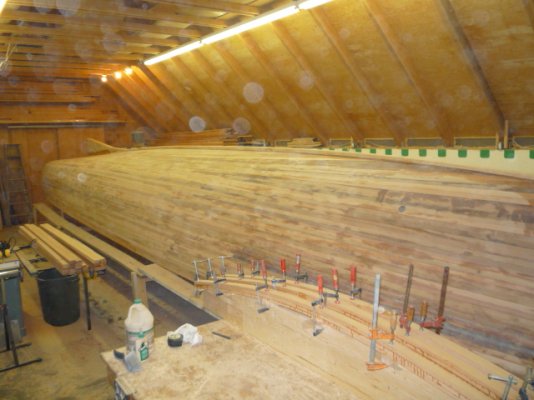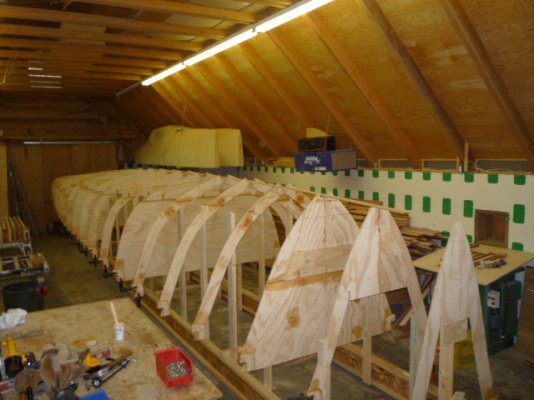deckofficer
Senior Member
Tad Roberts,
Solar panels are down to $1 per watt. When I bought mine 25 years ago I paid $5 per watt and they still produce rated output. When you figure just 1500 watts of panels can push a light, efficient hull 65 nm on 5 hours of exposure in a 24 hour run with average speed of 2.7 kt, the math says it will have a quick payback on the added investment. Lets say you used every watt produced by $1500 worth of panels, stored in $5000 worth of lithium cells to power a $2000 motor and controller for propulsion, you would be ahead on savings over diesel fuel in short order. One year, 24,000 nm on solar vs 8000 gallons of diesel at 3 nmpg. I know I picked a very slow cruising speed to make my point (2.7 kt) but as you know, to double your speed in water requires and 8 fold increase in power. So at a more real speed of 5.4 kt, then 12 Kw of panels needed. The Solar 21 crossed the Atlantic with 10 Kw of panels and heavy lead acid AGM batteries with a reported 5.5 kt average.
Solar panels are down to $1 per watt. When I bought mine 25 years ago I paid $5 per watt and they still produce rated output. When you figure just 1500 watts of panels can push a light, efficient hull 65 nm on 5 hours of exposure in a 24 hour run with average speed of 2.7 kt, the math says it will have a quick payback on the added investment. Lets say you used every watt produced by $1500 worth of panels, stored in $5000 worth of lithium cells to power a $2000 motor and controller for propulsion, you would be ahead on savings over diesel fuel in short order. One year, 24,000 nm on solar vs 8000 gallons of diesel at 3 nmpg. I know I picked a very slow cruising speed to make my point (2.7 kt) but as you know, to double your speed in water requires and 8 fold increase in power. So at a more real speed of 5.4 kt, then 12 Kw of panels needed. The Solar 21 crossed the Atlantic with 10 Kw of panels and heavy lead acid AGM batteries with a reported 5.5 kt average.



 apparently........
apparently........




